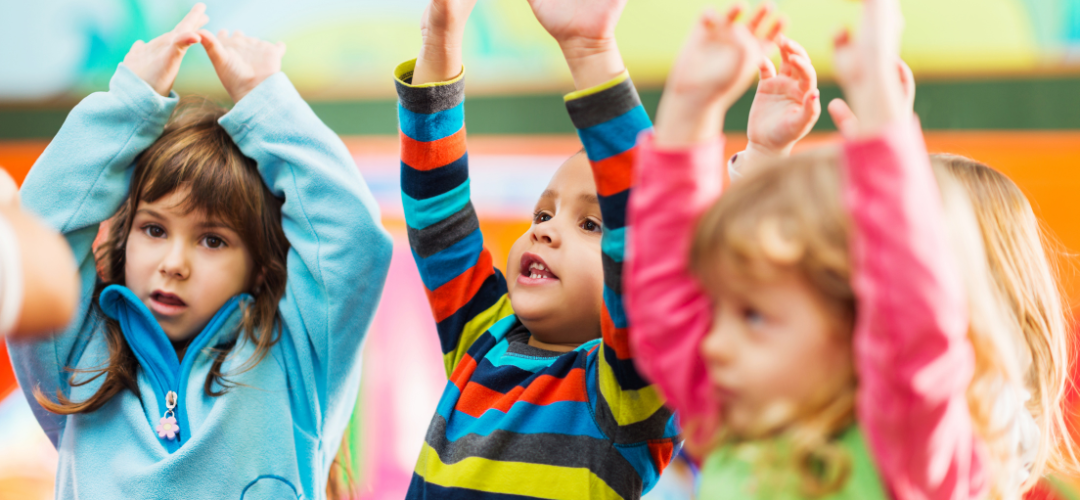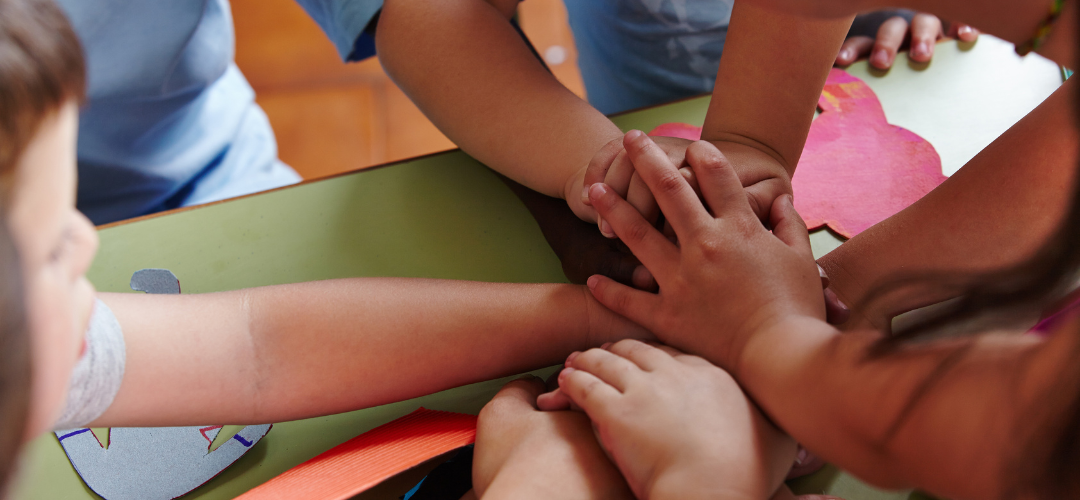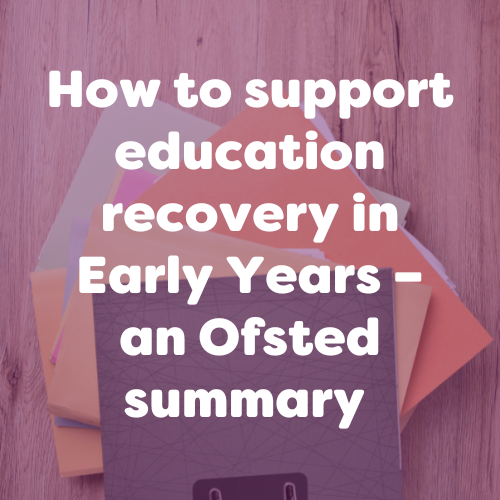Ofsted recently published: “Education recovery in early year’s providers: summer 2022“, a brief created using results from inspections and conversations with inspectors. In this brief they discuss findings regarding children’s development and important next steps to be taken by early year’s educators.
In this blog we will summarize the key findings from the brief. We will also outline ways in which educators, and parents, can support children’s education recovery and close the gap.
Identified delays in learning and development
Ofsted have reported delays in the following areas of learning, as a result of the pandemic:
- Speech, language and communication. More children have been referred to specialist support. This in turn has created longer waiting lists for treatment
- Physical development: this is as a result of children missing out on vital activities to develop gross motor skills.
- Personal, social and emotional development. This has been apparent by children not sharing, taking turns, being less confident and taking longer to settle in new environments. Children are also demonstrating a lack of independent self-care skills such as using the toilet and dressing themselves.
There has also been a marked decrease in the number of 2 year olds taking up funded places. Ofsted noted that this may be due to a lack of contact from health and education professionals. These individuals who would typically inform families of these spaces.
Activities to support education recovery in key areas
Communication and Language
To close the gap in communication and language development post pandemic – many education providers have completed specialist assessment training. This is to identify problems with speech development and put strategies in place. However without this training, it is important for educators to identify delays as they occur. For more information about identifying issues with speech, language and communication then check out our recent blog post.
To further support children’s development, it is suggested that providers reintroduce activities that were seen as common pre-pandemic. In addition, it is crucial for providers to create more opportunities for children to interact with adults and other children in a language-rich environment.

Some activity ideas suggested to improve communication and language:
- Mirror miming. This is a fantastic activity for children to focus on the movement’s of adult’s mouths when they speak. Children can then replicate the movements in the mirror to improve their language skills.
- Introduce supportive resources such as puppets alongside storytelling. This addition is a fun and simple way for children to process the story.
- Encourage children to create their own stories. This can be from their own imagination or using random items to prompt a story. Independent storytelling will allow children to communicate with words that they feel comfortable with to increase their confidence.
- Introduce music and singing into storytelling and reading. Music is a fantastic way to support learning of new vocabulary as it encourages memory consolidation more than speaking.
Physical Development
To support the physical activity, it is suggested that childcare providers ensure that their indoor and outdoor space is meaningful to children in a way that provides opportunities for physical development. This includes providing resources that encourage activity, increase heart rate and stamina and develop motor skills.

To improve physical development of the children in your setting we recommend the following activities:
- Introduce task-driven outdoor activities such as construction or den building to improve muscle strength and gross motor skills
- Use an activity cube or dice. Simply add different activities or movements to each of the sides and ask your children to roll and replicate the movements!
- Play Simon Says! This classic game will help children to become more aware of their bodies and following instruction to produce the movement required.
- Make up a dance! Similar to the previous random object storytelling – asking children to create a dance independently to music allows them to produce movements that they feel comfortable with. Why not use a song with different tempos to test children’s physical development!
Personal, Social and Emotional Development
Owing to the lack of social interaction with peers, it was noted that children’s social skills were particularly affected. As a solution it was recommended that providers encourage children to work together to develop their sharing, turn taking and listening skills. Why not try some of these activities to support these skills:
- Create a treasure hunt with a map or clues dependent on your child’s ability. This is a great way for children to work together towards a common goal.
- Doll washing. This simple, hands-on activity is a fun way to introduce independence and self-care skills in a playful way.
- Task driven construction or den building. Not only great for physical development, but this activity requires children to communicate and rely on one another as they create their structure.
- When arriving to your setting, encourage children to use emotion stones or a How I Feel Today mirror to identify their emotions. This is an easy ice breaker that will help children to understand their feelings and settle in quicker.

A key message to take away from this report is the highlighted need for practitioners to treat each stage of early years as needing equal priority. This approach is likely to reduce the need to continually close this gap in education for various “neglected” age groups.
To read the full education recovery report then head to the government website.


